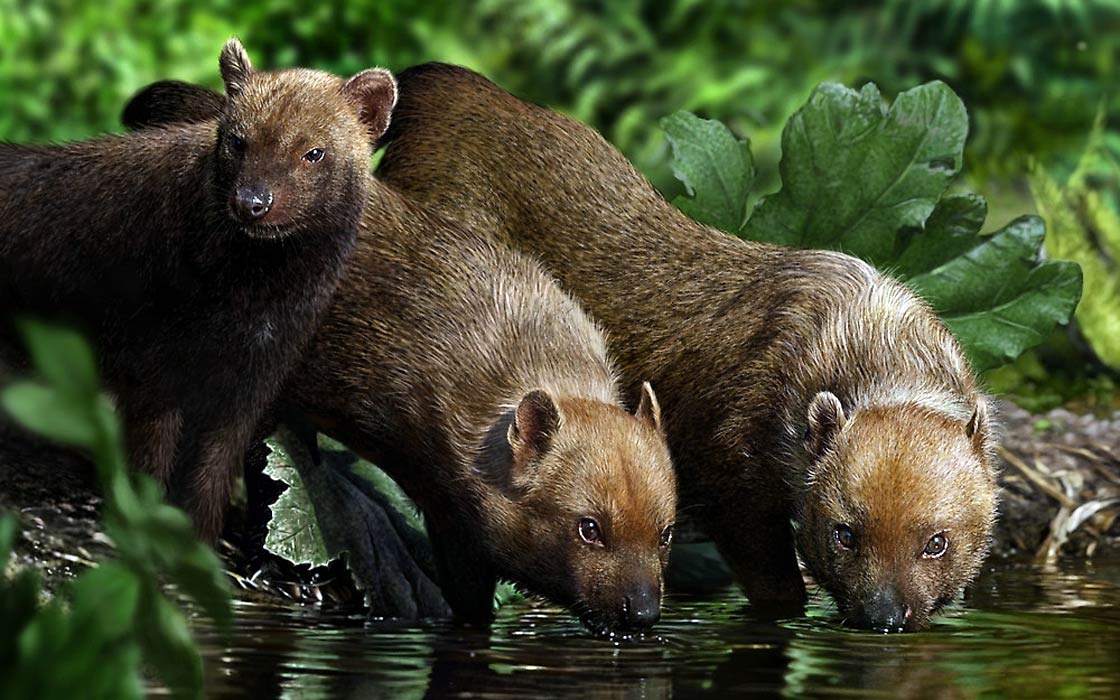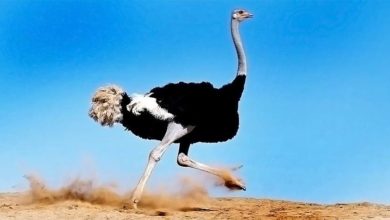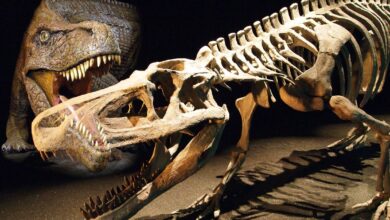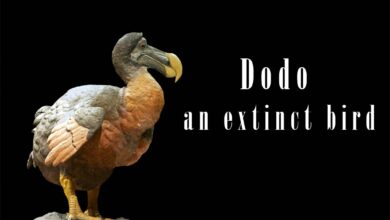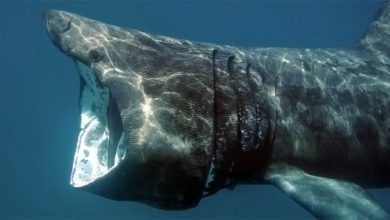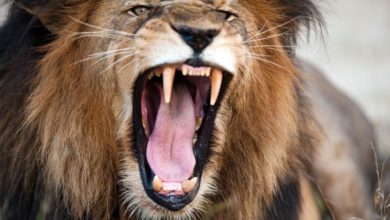Bush dog,vinegar dog (Speothos venaticus)
This enigmatic canid from South and Central America fascinates both scientists and enthusiasts of exotic animals. We don’t know much about it, but what we have learned is astonishing. The bush dog combines the temperament of a wolf with the swimming skills of an otter. The bush dog also known as the “vinegar dog” due to its distinctive, pungent odor, is a rare and elusive canid native to the tropical forests of Central and South America. Living in small, highly social packs, bush dogs are skilled cooperative hunters, primarily preying on small mammals like peccaries and capybaras. Despite their unique behaviors and ecological role, these animals face significant threats, including habitat loss and human persecution, leading to their classification as Near Threatened on the IUCN Red List. What else will this small inhabitant of forests and swamps surprise us with?
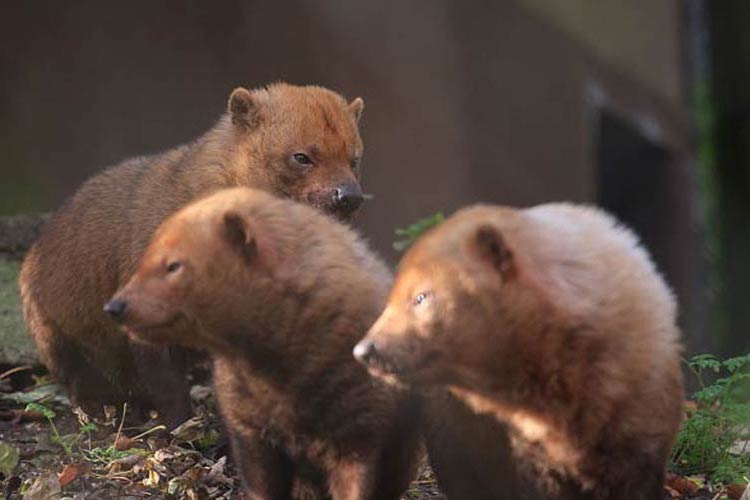
Taxonomy
- Kingdom: Animalia
- Phylum: Chordata
- Class: Mammalia
- Order: Carnivora
- Family: Canidae
- Genus: Speothos
- Species: Speothos venaticus
Within the species, 3 subspecies have been classified:
South American bush dog (Speothos venaticus venaticus)
Most individuals of this subspecies live in Brazil, but they are also found in eastern Ecuador, southern Colombia and Venezuela, Guyana, Peru, northern Paraguay, and Bolivia. It is characterized by its medium body size and dark coat.
Southern bush dog (Speothos venaticus wingei)
It occurs in southern Brazil and Paraguay, and on the border of northeastern Argentina. It is similar in size to S. v. venaticus, but is covered with lighter fur.
Panamanian bush dog (Speothos venaticus panamensis)
It is found in Panama, western Ecuador, northern Colombia, and Venezuela. Individuals of this subspecies are small and light-colored.
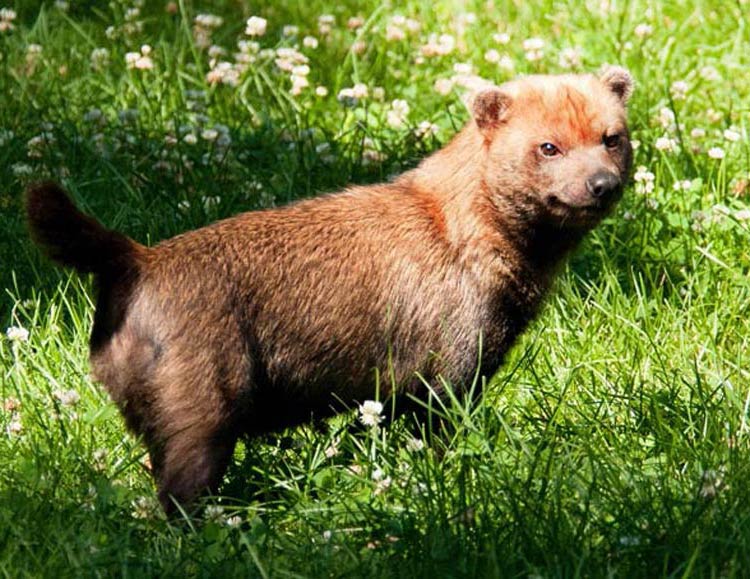
Distribution and habitats
It mainly inhabits lowland forests up to 1,900 m (6,233 ft) above sea level, wetlands and swampy meadows, riverbanks, as well as open plains and the dry ecoregion known as the Cerrado. In the past, the range of the bush dog may have included countries far to the north (Costa Rica). It is possible that they have survived there to this day.
Characteristics
Appearance
Adult individuals have soft, long fur in shades of fawn-brown, turning reddish on the head, neck, and back; the closer to the tail, the darker the fur. The underside of the body is covered with dark hair, sometimes a light accent can be seen on the throat. Immature individuals are uniformly black. The species is characterized by short limbs and snout, and relatively small ears. The teeth are adapted to a meat diet.
Silhouette
The shape of the silhouette is more reminiscent of weasels than canids, and the paws are webbed. Thanks to this, it can move both on land and in water.
Although the population of this animal is quite large, it is rarely seen. Therefore, little is known about its habits.
Size
The bush dog reaches 55-75 cm (21.7-29.5 in) in length without the tail, which measures about 13 cm (5.1 in). The height at the withers is in the range of 20-30 cm (7.9-11.8 in), and the weight is 5-8 kg (11-17.6 lb).
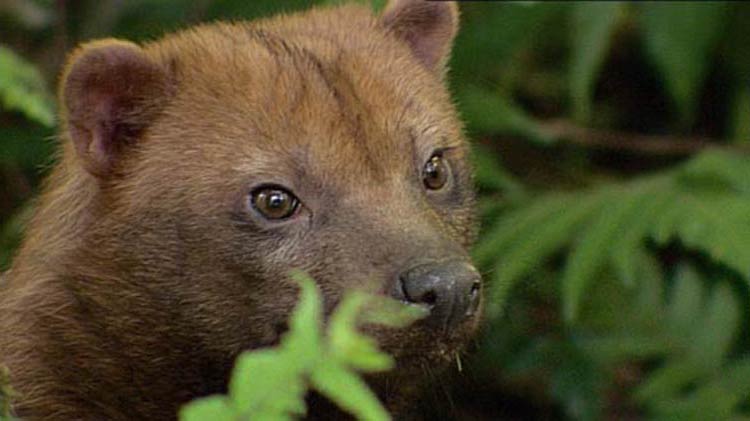
Diet
In dense forest, it most often hunts in groups of at least 2-3 dogs. It usually catches large rodents such as the paca and agouti. In more open spaces, it prefers to forage alone, choosing smaller rodents, as well as tegu lizards, snakes, and ground-nesting birds. However, there are reports that the bush dog is able to catch an animal larger than itself, such as the capybara, and in a group of six individuals, it can even bring down a 250 kg (551 lb) tapir.
When hunting pacas, part of the pack chases the prey on land, while the other part waits in the water, where the rodent tries to escape.
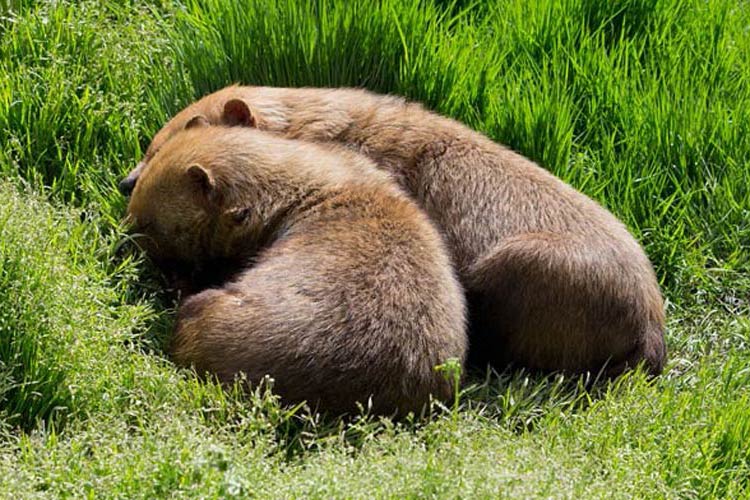
Lifestyle, reproduction
It hunts during the day, sleeping at night in caves, abandoned nests, or in the trunks of fallen trees. While hunting (and not only), members of the group communicate with each other using numerous sounds, which may be due to the fact that visual communication is difficult in dense forest.
Like all canids, it lives in family groups of about 12 individuals. In the pack, only the alpha pair can reproduce – in other females, estrus is suppressed.
The alpha female is fertile every 15-44 days, estrus lasts about 12 days, while pregnancy lasts 65-83 days, after which 3-6 young are born (sometimes there is a litter of up to 10 puppies).
Immediately after birth, the young are blind and helpless, they begin to see after 14-19 days, during which time they also leave the den for the first time. The offspring are cared for not only by the mother, but also by non-breeding family members. Males, on the other hand, are responsible for bringing food to the females. The mother weans the offspring after about 4 weeks, while they reach sexual maturity at 1 year of age.
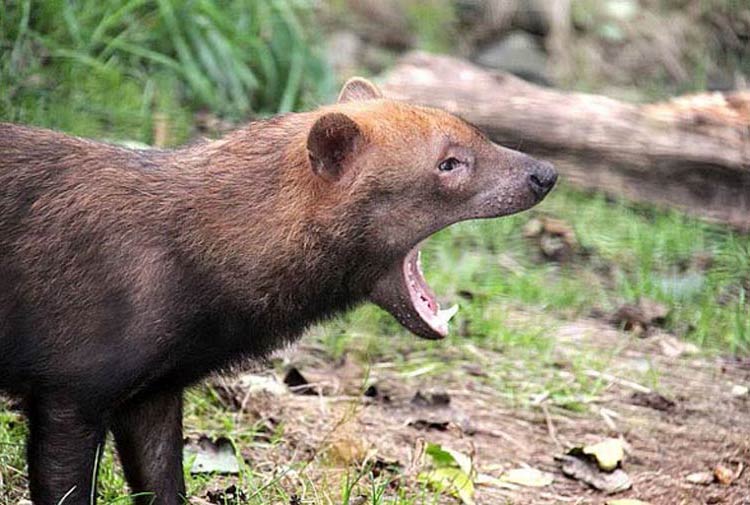
Detailed data and dimensions
Bush dog (Speothos venaticus)
- Body length (without tail): 55-75 cm (1′ 9.7″ – 2′ 5.5″)
- Tail length: 12-15 cm (4.7″ – 5.9″)
- Height at the withers: 20-30 cm (7.9″ – 11.8″)
- Weight: 5-8 kg (11-17.6 lb)
- Lifespan: approx. 10 years in captivity
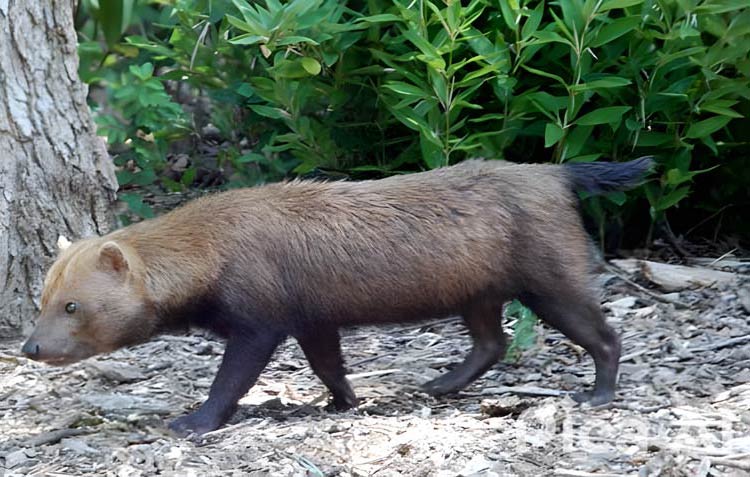
Bush dog (Speothos venaticus) – interesting facts
- Very little is known about the habits of the bush dog, as it is an elusive animal and therefore rarely seen. It is extremely difficult to observe them in the wild – much information about the species has been obtained from observations in captivity.
- Evolutionary relationships with other species remain a mystery. It is only suspected that the bush dog separated from its sister taxon – the maned wolf – about 3 million years ago.
- The bush dog leads an aquatic-terrestrial lifestyle – its swimming skills allow it to swim freely and even dive.
- The decline in population is not due to hunting – native people of America often domesticate these animals. The biggest problem for the survival of the species is habitat destruction. Therefore, the bush dog is classified as near threatened.
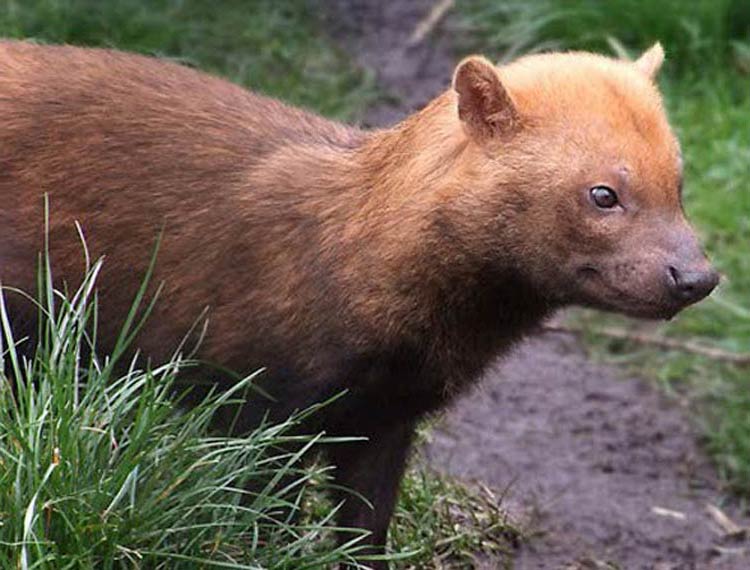
Recommended
- Maned wolf
- African wild dog
- Asian golden cat
- Lion vs tiger
- Tsavo lions
- Barbary lion
- Siberian tiger
- Bengal tiger
- Sumatran tiger
- Indochinese tiger
- Malayan tiger
- Tigers
- White tigers
- Lions
- White lions
- Liger
- Animal fights
- American lion
- European cave lion
- Smilodon – Saber-toothed tiger
- Big cats
- Black panther
- Leopard
- Snow leopard
- African Lion
- Fastest animals
- Fastest birds

